Hey there, history buffs and pop culture fanatics! Get ready to take a totally groovy trip back to the 1970s, a decade that was anything but chill. We’re talking bell-bottoms, disco balls, and some seriously wild global shifts that set the stage for pretty much everything we know today. But beyond the fashion and the funky beats, the ’70s also gave us a cast of characters who, let’s just say, didn’t exactly stick to their initial script.
You know how some actors have a breakout role and then totally pivot to directing, or maybe a musician suddenly becomes a tech mogul? Well, the world stage of the 1970s was full of these kinds of unexpected career changes—but on a geopolitical scale! We’re talking about leaders, revolutionaries, and even some truly unsettling figures who were making headlines then, but whose names would become associated with something *completely* different as history unfolded. It’s like their first act was just a prelude to a much more complex, and sometimes shocking, second act.
So, buckle up, because we’re about to explore 14 incredible stories of these 1970s “stars” whose legacies took turns no one could have predicted. From presidential scandals to revolutionary overthrows and the birth of new economic eras, these are the folks who rocked the world then, and whose long-term “fame” became something truly, wildly, different. Let’s dive in and see who made our list and how their stories continue to captivate us!

1. **Richard Nixon: The President Who Quit, Then Became a Symbol of Political Redemption (or Warning)**
When the 1970s kicked off, Richard Nixon was firmly seated in the Oval Office, holding the most powerful position in the United States. He was a colossal figure on the global stage, deeply involved in shaping international relations during the tense Cold War era. His leadership saw the U.S. grappling with the ongoing Vietnam War, a conflict that cast a long shadow over the early decade, yet he also made historic strides in diplomacy.
One of his most monumental achievements was his groundbreaking visit to the People’s Republic of China in 1972, a move that effectively restored relations between the two countries after decades of isolation. This bold diplomatic initiative was a cornerstone of his policy of détente, a strategy aimed at reducing tensions with rival superpowers like the Soviet Union. For a significant portion of the early ’70s, Nixon appeared to be a strategic mastermind, redefining America’s place in a complex, polarized world.
However, Nixon’s story took a dramatic and unforeseen nosedive with the escalating Watergate scandal. This political firestorm, fueled by leaked information regarding the nation’s involvement in the Vietnam War and subsequent cover-ups, led to an unprecedented constitutional crisis. On August 9, 1974, facing imminent impeachment charges, President Nixon resigned from office, a shocking event that sent ripples through American politics and society. His departure marked a colossal public disgrace, fundamentally altering perceptions of presidential accountability.
In the years that followed, Nixon’s “fame” underwent a fascinating, complex transformation. While he remained a stark symbol of political corruption and unchecked power, his diplomatic legacies, particularly with China, began to be viewed with renewed appreciation by some historians and observers. His complex narrative became a powerful, ever-debated lesson in leadership, power, and the profound consequences of political misjudgment, truly cementing his place as a figure whose ’70s prominence evolved into something profoundly different.
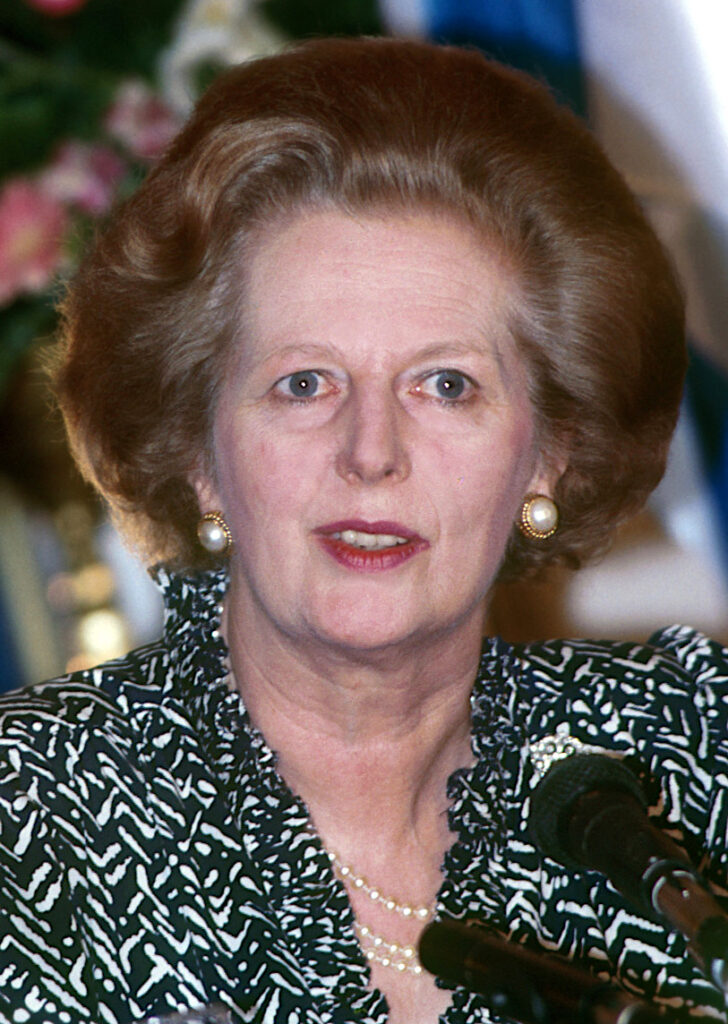
2. **Margaret Thatcher: From Rising Politician to the Iron Lady Who Reshaped an Economy**
In the United Kingdom, the 1970s was a decade marked by significant economic upheaval, a period of recession for industrialized countries following the oil crisis. Amidst this backdrop, a determined Conservative leader named Margaret Thatcher was steadily building her political career. Her presence became increasingly notable as social progressive values, including the increasing political awareness and economic liberty of women, continued to grow in the Western world. She was clearly a force to be reckoned with, but her full impact was yet to unfold.
The year 1979 proved to be an absolute game-changer for both Thatcher and the entire nation. The general election held that year resulted in a resounding victory for her Conservative party, propelling her into the history books as the first female British Prime Minister. This was a truly groundbreaking achievement, shattering a significant glass ceiling and immediately elevating her “star” status on the global stage. It wasn’t just a political win; it was a cultural milestone.
Upon taking office, Thatcher didn’t just govern; she initiated a sweeping and often controversial neoliberal economic policy. This bold agenda involved drastic measures such as reducing government spending, actively weakening the power of trade unions, and promoting extensive economic and trade liberalization. These policies marked a profound departure from previous economic theories and set the UK on a new path, influencing global economic thought.
Her “fame” swiftly transformed from that of a pioneering female leader to a powerful, and frequently debated, figure known for radically reforming the British economy. She became famously (or perhaps infamously) known as the “Iron Lady,” a moniker that perfectly captured her unyielding determination and the profound, long-lasting shift she brought to the nation’s economic and social landscape. Her legacy became synonymous with a transformative era in British politics and economics.
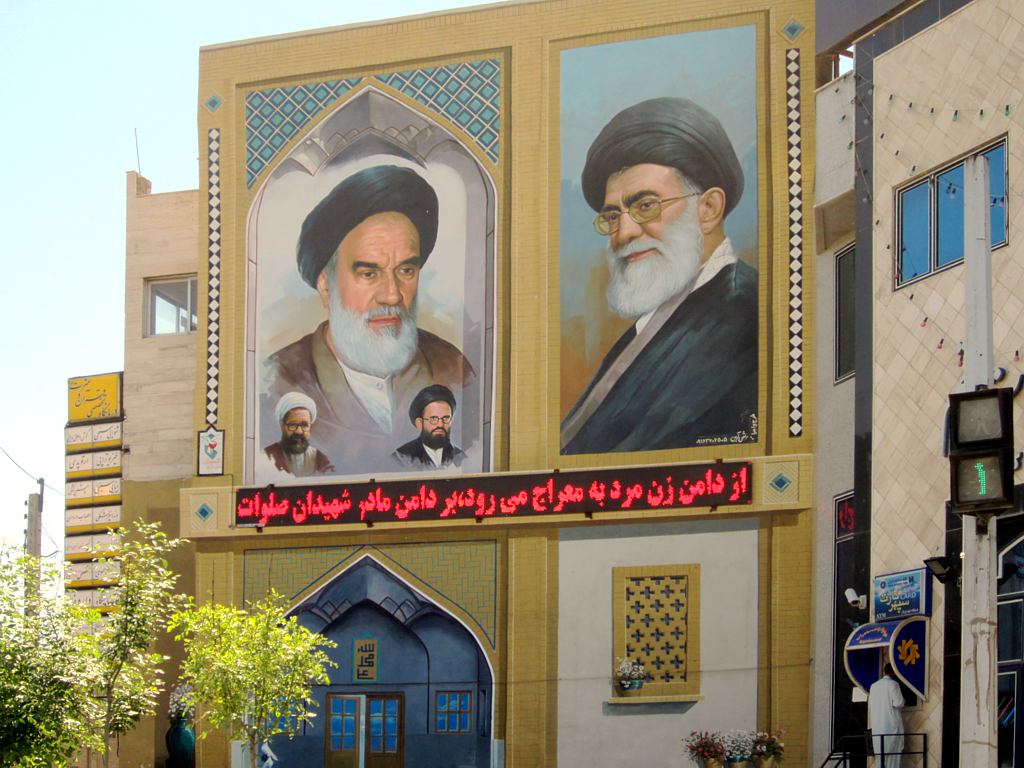
3. **Ayatollah Khomeini: From Exiled Religious Leader to Revolutionary Icon and Architect of a Theocracy**
As the 1970s unfolded, Ayatollah Ruhollah Khomeini was a deeply significant, albeit exiled, religious and political figure within Iran and among its diaspora. He was a vocal critic of the autocratic, pro-Western monarchy under Shah Mohammad Reza Pahlavi, who was attempting to modernize Iran along Western lines. While his influence was strong among his followers, he wasn’t yet the global headline-maker he would soon become; his early ’70s “fame” was largely confined to those resisting the Shah’s regime and those in his inner circle of supporters.
However, as the decade drew to a close, political tensions in Iran reached an undeniable boiling point. The Iranian Revolution of 1979 exploded onto the world stage, dramatically transforming Iran’s political structure. This powerful popular movement successfully ousted the Pahlavi dynasty, and under Khomeini’s direct leadership, established an Islamic republic, marking a monumental shift in the country’s governance and international alignment.
Suddenly, this once-exiled religious scholar was not just a prominent figure, but the supreme leader of a new, theocratic state, fundamentally altering the geopolitical landscape of the Middle East. His return from exile and the subsequent establishment of the Islamic Republic were events that captivated global attention, signifying a new era of religiously-motivated political power. It was a profound and swift change in his public persona, from a voice of dissent to the head of state.
Khomeini’s “fame” shifted overnight from a religious dissident to the powerful architect of a new form of government, overtly hostile to both Western democracy and “godless communism,” as mentioned in the context of worldwide trends. His legacy became inextricably linked to the rise of Islamic fundamentalism and the concept of a religiously governed state, a paradigm shift that continues to influence global attitudes and international relations. The Iran hostage crisis, where 66 diplomats were held captive, further cemented his new, globally recognized (and often feared) status, marking a truly profound and unexpected turn in his public persona.

4. **Pol Pot: From Communist Revolutionary to Architect of Unfathomable Genocide**
In the tumultuous political landscape of Southeast Asia during the 1970s, amidst the shadows of the Vietnam War, Pol Pot emerged as the enigmatic communist leader of the Khmer Rouge in Cambodia. He spearheaded a revolution against the American-backed government of Lon Nol, a struggle that gained significant momentum, especially after America had halted the bombings of their positions. In the earlier part of the decade, his “fame” was that of a determined revolutionary, fighting for a new, radical vision for his country and promising a utopian future.
On April 17, 1975, Pol Pot’s forces achieved a monumental victory, capturing Phnom Penh, the capital, two years after the U.S. bombing cessation. This triumph marked not just the end of a civil war but the beginning of an entirely new, and horrific, chapter for Cambodia. The communist government of the Khmer Rouge didn’t simply establish a new political order; they embarked on an extreme, Marxist agrarian society, forcing people out of the cities to clear jungles, a move that devastated the social fabric of the nation.
What followed, however, was a chilling and unspeakable shift in his legacy. Pol Pot’s regime initiated a systematic persecution targeting anyone deemed an intellectual or threat to the new order. Buddhist priests and monks, individuals who spoke foreign languages, anyone with any form of education, or even people who wore glasses, were brutally tortured or killed. It was a terrifying campaign to erase perceived enemies and reshape society from the ground up, a policy of social engineering with devastating consequences.
His “fame” irrevocably transformed from a revolutionary leader to the orchestrator of one of the 20th century’s most horrific genocides. Between 1975 and 1979, as many as 3 million people may have died under his brutal regime. This chilling period cemented his name in history not as a liberator, but as a stark symbol of unimaginable human cruelty and ideological extremism, a tragic example of a figure becoming famous for something truly, terrifyingly different and universally condemned.

5. **Idi Amin: From Military Coup Leader to Uganda’s Notorious “Butcher”**
In 1971, a dramatic and forceful event unfolded in Uganda: a military coup, powerfully spearheaded by Idi Amin, seized control of the nation. Prior to this, Amin was a commander in the Ugandan army, a figure of considerable influence within the military establishment. His initial ascent to power established him as a significant new leader on the African continent, part of a broader wave of military coups and decolonization movements sweeping across Africa during the decade. His early ’70s “fame” was defined by this decisive seizure of authority and his declaration as President of Uganda.
However, Amin’s rule quickly and disturbingly devolved into one of the most brutal dictatorships in modern history. His regime swiftly became infamous for its relentless persecution of political opposition, utilizing terror and violence to suppress any dissent. Beyond this internal repression, he pursued a deeply racist agenda, most notably orchestrating the mass expulsion of Asians from Uganda, many of whom had resided there since British colonial rule, an act that caused immense economic and social disruption.
His expansionist ambitions also became alarmingly clear, leading to regional conflicts. This was exemplified by his initiation of the Ugandan–Tanzanian War in 1978, in alliance with Libya, based on an expansionist agenda to annex territory from Tanzania. This military adventure, however, ultimately proved to be his undoing, highlighting his miscalculations on the international stage. His dictatorial rule was becoming unsustainable and widely condemned.
By the very end of the decade, Amin’s “fame” had entirely transformed from a powerful coup leader to a globally recognized figure of extreme cruelty and tyranny. His disastrous regime ultimately resulted in Ugandan defeat and his own overthrow in 1979, sending him into exile. Today, his name remains synonymous with widespread human rights abuses, state-sponsored terror, and devastating misrule, making him famously known for being a monstrous dictator rather than merely a general who took power.

6. **Haile Selassie: The Emperor Who Fell, Becoming a Symbol of Enduring Monarchy and its Demise**
For decades leading up to the 1970s, Haile Selassie reigned as the revered Emperor of Ethiopia, embodying one of the longest-lasting monarchies in world history. Heading into the new decade, he was still the venerable, almost mythical, leader of an ancient empire, a living link to a deeply rooted imperial tradition. His “fame” was intrinsically tied to this historical continuity, representing a form of governance that was increasingly rare in a rapidly changing world, especially in Africa, which was experiencing significant decolonization.
Yet, the 1970s brought an abrupt and definitive end to this imperial saga that had spanned centuries. In 1974, a military coup in Ethiopia dramatically led to the overthrow of Haile Selassie. This event didn’t just remove a single leader; it fundamentally ended one of the world’s longest-lasting monarchies, a profound political and cultural shift for Ethiopia and a significant moment in global history, signaling the fragility of even ancient power structures in the face of modern forces.
The communist junta, led by General Aman Andom and Mengistu Haile Mariam, swiftly seized power, replacing centuries of imperial rule with a new political order. This transition was violent and transformative, pulling Ethiopia into a new ideological alignment and ending the personal rule that had characterized the country for so long. The speed and finality of this change were shocking to many observers worldwide.
In the immediate aftermath, Haile Selassie’s “fame” became that of a deposed monarch, a figure whose exceptionally long reign had concluded in dramatic, revolutionary fashion. But over time, his legacy has taken on a different dimension. He became a poignant symbol of the end of an era, a representation of both the enduring power of monarchy and its ultimate vulnerability in the face of modern revolutionary forces, now recognized for the dramatic conclusion to an ancient line of rulers.
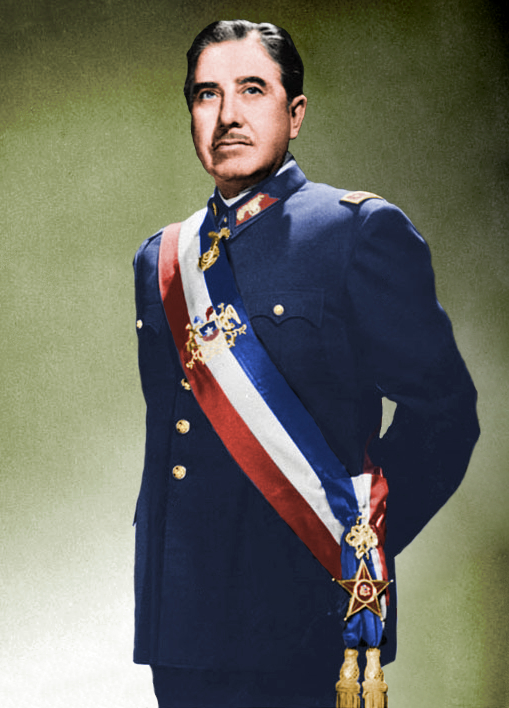
7. **Augusto Pinochet: From Military General to Decades-Long Dictator and Human Rights Controversies**
In the tumultuous year of 1973, Chile experienced a monumental political upheaval that reshaped its destiny. Augusto Pinochet, then a prominent military general, rose to unexpected prominence by leading a decisive coup d’état on September 11th. This dramatic event saw the overthrow and tragic killing of the country’s democratically elected Socialist president, Salvador Allende, during a military attack on the presidential palace, marking a brutal end to a vibrant democracy. Pinochet’s initial “fame” in the ’70s was as the leader of this military junta, swiftly taking power with the assistance of the Central Intelligence Agency (CIA) of the United States, effectively ending Chile’s democratic experiment.
What started as a swift military coup, however, quickly solidified into a long-term, authoritarian regime under Pinochet’s iron grip. He established himself as a dictator, and his rule would continue for many years, far beyond the initial crisis of the coup. His “fame” almost immediately shifted from a general restoring order (as his supporters might have argued) to a powerful strongman who would define Chile’s political and social landscape for nearly two decades.
During his rule, Pinochet’s government implemented a new neoliberal economic theory in Chile. This marked a significant economic trend as it was one of the first instances of a neoliberal government coming to power, following the 1973 Chilean coup d’état, replacing Keynesian economic theory. This economic shift, occurring in the wake of the 1973 oil crisis, positioned Chile at the forefront of a global economic paradigm change, a legacy often discussed separately from his political actions.
However, Pinochet’s legacy became inextricably linked to his repressive rule, marked by widespread human rights abuses and the brutal suppression of political dissidents. While the context mentions him as ruler until 1990, his actions in the ’70s laid the foundation for this later, more infamous recognition. He became a stark symbol of military authoritarianism in Latin America, transforming his initial role as a coup leader into a figure synonymous with systematic repression and a highly controversial economic transformation, making him famous for something starkly different than just being a general.
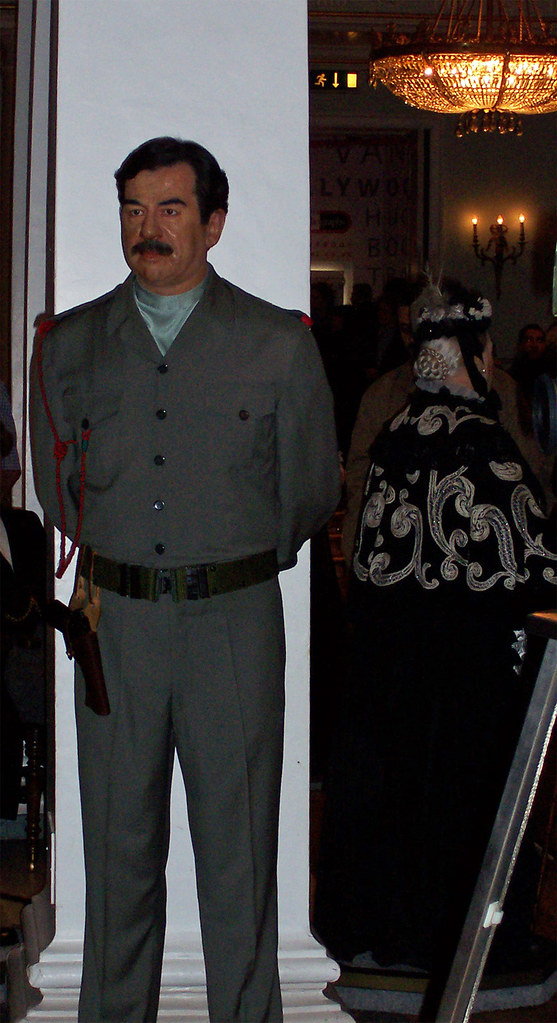
8. **Saddam Hussein: From Modernizing Force to Architect of Regional Turmoil**
Alright, let’s jet over to the Middle East, where another massive transformation was brewing! In Iraq, Saddam Hussein was steadily climbing the rungs of power in the 1970s. Initially a powerhouse behind the scenes, he was deeply involved in modernizing the country and making strategic economic shifts, particularly in vital sectors.
One of his absolutely key initiatives was challenging and ultimately removing the Western monopoly on oil. This proved incredibly shrewd, especially with the 1973 oil crisis sending prices soaring, boosting Iraq’s revenue and fueling Hussein’s ambitious plans. He was building influence and a strong economic base, making him a figure to watch in a region already bubbling with geopolitical significance.
Then, on July 16, 1979, the moment arrived: Saddam Hussein officially assumed the presidency, cementing his full rise to power. This wasn’t just a leadership change; it was a pivot that completely altered Iraq’s trajectory, leading immediately to the breaking off of a Syrian-Iraqi unification and setting the stage for the devastating Iran–Iraq War of the 1980s. While his initial ’70s ‘fame’ was as a modernizing force, his later legacy became indelibly linked to brutal dictatorship, regional conflict, and massive human rights abuses.
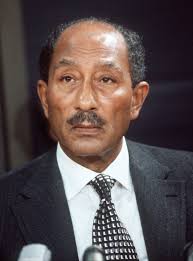
9. **Anwar Sadat: From War Leader to Nobel Peace Prize Winner (and Tragic Figure)**
Next up, let’s talk about a leader who truly defied expectations and changed the course of Middle Eastern history in the ’70s: Anwar Sadat, the President of Egypt. At the start of the decade, he was a key player in the Arab-Israeli conflict, famously initiating the Yom Kippur War in 1973 to reclaim lost territories. His global recognition was initially as a wartime president, a strong leader willing to confront Israel militarily.
However, Sadat’s ‘fame’ took an absolutely stunning and unforeseen turn later in the decade. He embarked on a groundbreaking peace initiative, culminating in 1978 with the signing of the Camp David Accords between Egypt and Israel. This historic agreement directly led to the 1979 Egypt–Israel peace treaty, effectively ending disputes between the two long-time adversaries and earning him, along with Menachem Begin, the 1978 Nobel Peace Prize.
His legacy dramatically transformed from war leader to a symbol of peace and reconciliation. Yet, this path came at a tragic cost: “Sadat’s actions would lead to his assassination in 1981,” a stark reminder of the dangerous tightrope he walked. His story is a powerful testament to radical transformation, from the battlefield to the negotiating table, with a heartbreaking ultimate price.
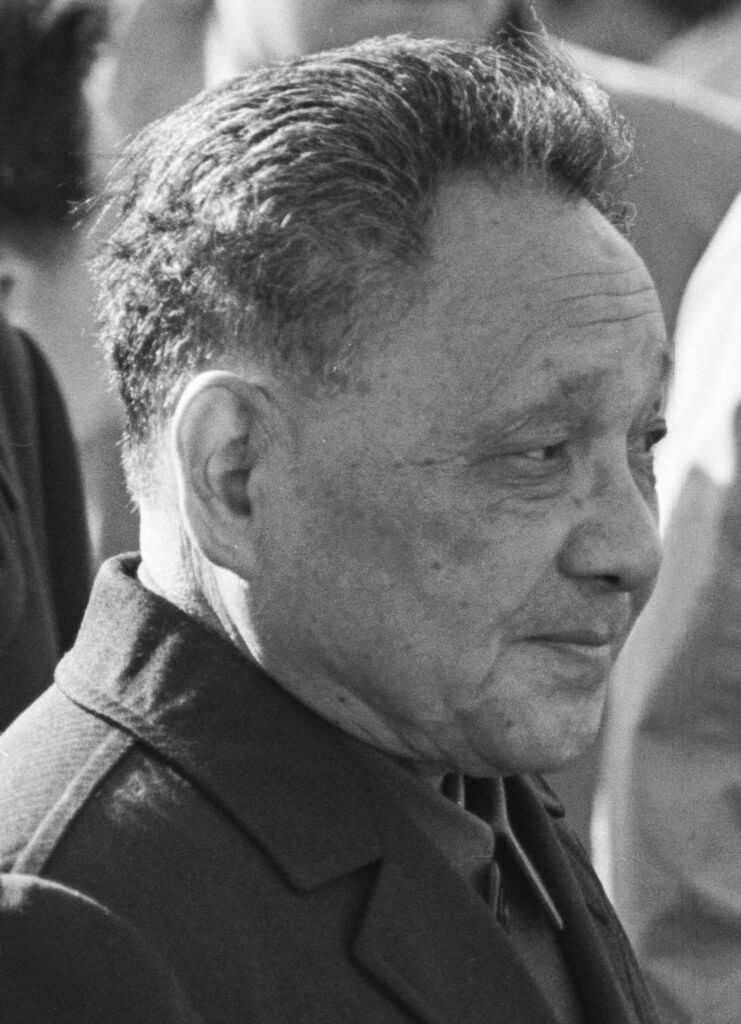
10. **Deng Xiaoping: From Political Survivor to Architect of Modern China**Now, for a figure whose impact continues to resonate globally, let’s turn our attention to China and the incredible journey of Deng Xiaoping. In the early 1970s, while China was still under Mao Zedong’s shadow, Deng was a known political survivor who had faced purges, but his future ‘fame’ as a paramount leader was far from clear.
Now, for a figure whose impact continues to resonate globally, let’s turn our attention to China and the incredible journey of Deng Xiaoping. In the early 1970s, while China was still under Mao Zedong’s shadow, Deng was a known political survivor who had faced purges, but his future ‘fame’ as a paramount leader was far from clear.
The year 1976 was a monumental turning point, with the deaths of Mao Zedong and Zhou Enlai ending the Cultural Revolution and creating a power vacuum. Deng Xiaoping skillfully navigated this complex landscape to emerge as China’s paramount leader, ready to enact sweeping reforms.
Deng wasn’t interested in old ideological rigidity; he radically shifted the country towards market economics, away from strictly ideologically driven policies. This profound departure, symbolized by his 1979 visit to the US, redefined China’s internal structure and global standing. His ‘fame’ evolved from a resilient political figure to the visionary architect of China’s economic liberalization and modernization, celebrated for setting China on its path to becoming a global economic superpower.

11. **Jim Jones: From Utopian Dreamer to Architect of Mass Tragedy at Jonestown**
Brace yourselves for a truly dark and heartbreaking story from the Americas that unfolded late in the decade. Jim Jones, the charismatic but deeply disturbed leader of the People’s Temple, amassed a loyal following in California with promises of social justice and a utopian society. His early ’70s ‘fame’ was within his growing religious cult, where he was revered as a prophet building a new way of life.
Driven by a desire for an isolated paradise, Jones led his followers to Guyana, establishing the Marxist commune of Jonestown. However, allegations of severe abuse and denial of freedoms quickly surfaced, prompting a Congressional committee and journalists to visit in November 1978. During their departure, tragedy struck when Jones’s guards attacked and shot them, killing Congressman Leo Ryan among others.
This horrific act marked the precipice of Jones’s ultimate, horrifying transformation. Following the airport attack, the demented Jones ordered everyone in the commune to kill themselves, resulting in the infamous mass suicide where over 900 people died, including Jones himself. His ‘fame’ became irrevocably linked to one of the most shocking and devastating cult tragedies in modern history, transforming him from a controversial spiritual leader into a monstrous perpetrator of mass murder.

12. **Joseph Broz Tito: From Unifying Leader to Figurehead of Future Disintegration**
Now, let’s head to Eastern Europe and delve into the complex legacy of Joseph Broz Tito, the communist ruler of Yugoslavia. For much of the 1970s, Tito’s ‘fame’ was that of a powerful, unifying figure who successfully kept Yugoslavia together through a delicate balance of communist ideology and a fiercely independent foreign policy, navigating the Cold War with a unique non-aligned stance.
However, internal tensions, notably the Croatian Spring movement in 1971, prompted Tito to initiate major constitutional reform, resulting in the 1974 Constitution. This document decentralized powers to the republics, granted them the right to separate, and weakened Serbia’s influence, while proclaiming Tito president-for-life.
These reforms, designed to hold the nation together, paradoxically laid the groundwork for future disintegration as Serbs resented the changes, gradually escalating ethnic tensions. So, while Tito’s ’70s ‘fame’ was as the strong, unifying leader, his profound policies ultimately contributed to the brutal Yugoslav Wars of the 1990s, transforming his legacy from unifier to a figure whose actions inadvertently set the stage for later conflict.
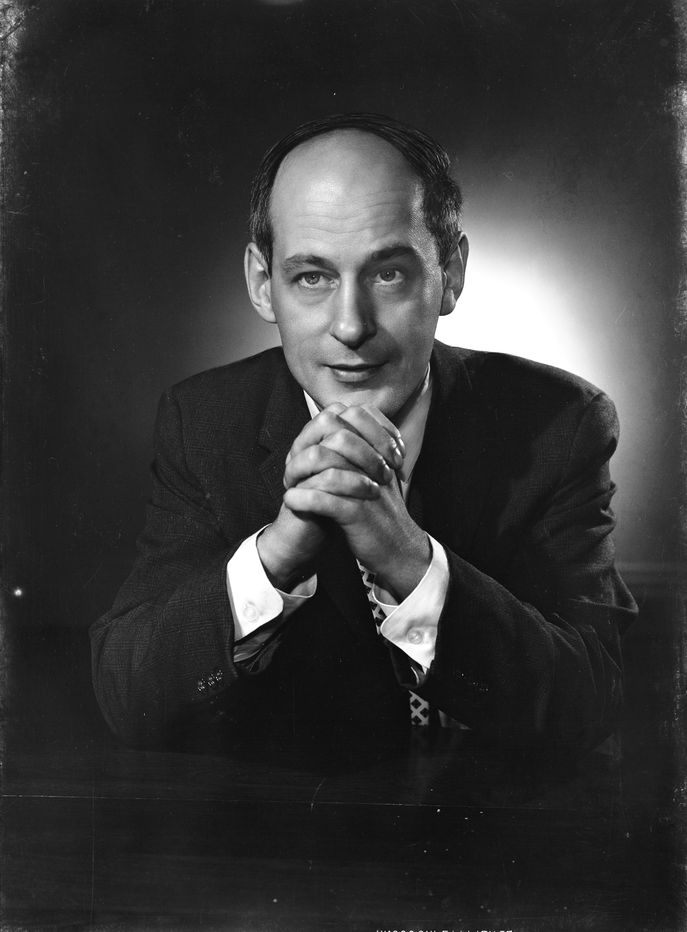
13. **René Lévesque: From Provincial Politician to Champion of Quebec Sovereignty**
Finally, let’s round out our list by heading to Canada and the story of René Lévesque. In the early 1970s, Lévesque was a prominent provincial politician in Quebec, advocating passionately for the distinct cultural and linguistic heritage of Francophone Québécois within Canada.
The political landscape was intensified by the 1970 October Crisis, underscoring strong separatist sentiments. Lévesque, leading the Parti Québécois, channeled these into a democratic movement, and his party’s electoral victory brought the first political group committed to Quebec independence into power, a seismic shift in Canadian politics.
This victory dramatically transformed Lévesque’s ‘fame’ from a local politician to the internationally recognized face of Quebec’s independence movement. His government pursued an agenda to strengthen Francophone culture and seek secession democratically, exemplified by “Bill 101.” His legacy shifted to the charismatic champion of Quebec sovereignty, a figure whose name is synonymous with the push for a distinct, independent Quebec, fundamentally reshaping Canada’s political identity.
Whew, what a ride through the ’70s! From political resignations to revolutionary overthrows, from economic overhauls to devastating tragedies, this decade truly was a “pivot of change.” It wasn’t just about disco and bell-bottoms; it was about individuals whose initial roles were just the prologue to incredibly different, sometimes shocking, and always impactful, second acts on the global stage. These aren’t just historical footnotes; they’re vivid reminders that the seeds planted in one decade can blossom into entirely unforeseen outcomes in the next. These stories aren’t just history; they’re a testament to the unpredictable, often wild, twists of human destiny and the enduring power of individuals to reshape the world in ways we’re still grappling with today. So, next time you think of the ’70s, remember these folks who rocked the world then, and whose long-term ‘fame’ became something truly, wildly, different.




